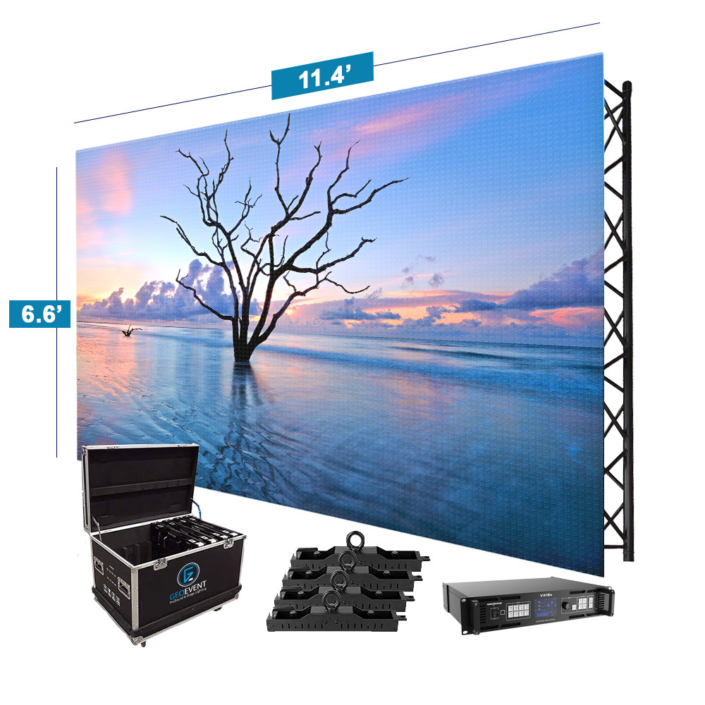Exploring the Longevity of Light Emitting Diode Wall Panels in Contrast to Traditional Screen Technologies
Exploring the Longevity of Light Emitting Diode Wall Panels in Contrast to Traditional Screen Technologies
Blog Article
Light-emitting diode wall screens have become progressively popular in recent years, particularly in settings like schools, businesses, and community areas. These screens use light-emitting diodes (LEDs) to create vivid and lively visuals. One of the most significant benefits of LED technology is its longevity compared to conventional screen methods, such as cathode tube tubes (CRTs) and liquid crystal displays. Grasping the distinctions in duration and functionality between these options can assist consumers make informed decisions about their screen requirements.
Classic display methods, like CRTs, have been around for numerous years. They were commonly used in TVs and computer monitors. However, CRTs have a shorter duration, typically lasting around 10,000 to 20,000 hrs of use. This means that after a few of years, users may notice a deterioration in picture quality, such as fading or color deformation. In comparison, LED wall screens can last considerably longer, often exceeding 50,000 hrs. This prolonged lifespan means that users can experience consistent performance without the requirement for frequent replacements.
Another crucial aspect to consider is power efficiency. LED wall screens utilize less energy than traditional screens, which not only benefits the environment but also reduces power expenses. For example, while a CRT monitor may use around 100 W of energy, an LED panel can consume as few as 30 to 50 watts. This Check This Out difference in power usage contributes to the overall durability of LED innovation, as reduced power usage generates minimal thermal energy. Excessive thermal energy can damage electronic parts, leading to a shorter duration for conventional screens.
In addition to their longer duration and power efficiency, LED panel panels also provide enhanced visual quality. They provide more vivid hues and better contrast, making them ideal for multiple uses, from advertising to educational presentations. The innovation behind LED panels allows for a broader viewing angle, meaning that visuals stay clear and vibrant even when viewed from the flank. This is a major benefit over traditional displays, which often experience from hue deformation and diminished luminosity at wider angles.
In conclusion, the longevity of LED panel screens in contrast to traditional display technologies is a key aspect for buyers to take into account. With lifespans that can exceed 50,000 hours, power conservation, and superior image quality, LED technology provides many advantages. As innovation continues to advance, LED wall panels are likely to become even more common in multiple environments. Grasping these differences can assist people and organizations make improved decisions when purchasing in screen innovation, ensuring they receive the best value for their requirements.